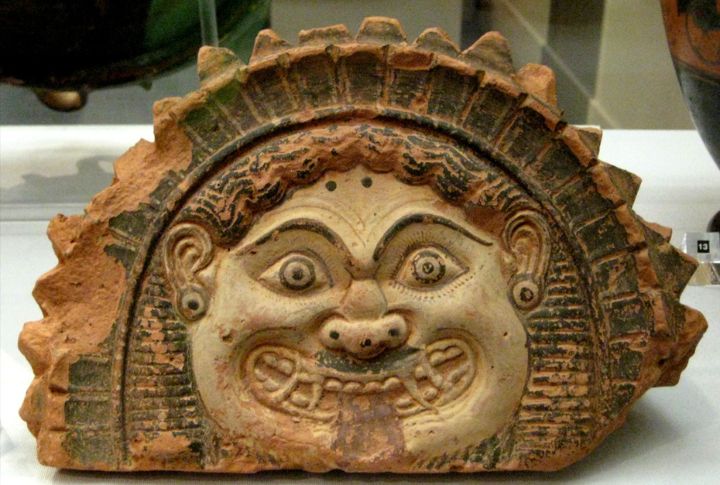
Greek mythology gave us epic heroes and vengeful gods. But best of all, it gave us creatures so out there, you’d think someone was making them up on a dare. Be it lion-headed snakes or flying horse-dragons, these 20 beings had purpose, power, and sometimes, really bad attitudes.
Cerberus
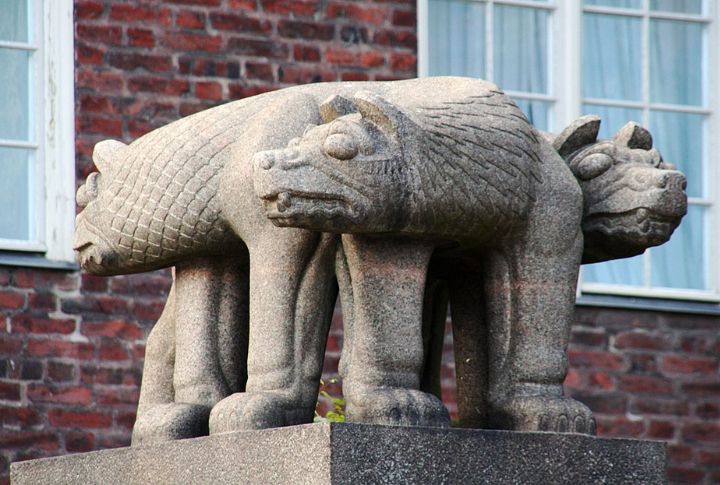
The Underworld had a three-headed guard dog named Cerberus, child of Echidna and Typhon. Forget fetch—their job was keeping the dead inside and the living out. Hades’ loyal pet had snake tails and a taste for intruders. Orpheus got past him with music. Everyone else? Less lucky and fewer limbs.
Medusa
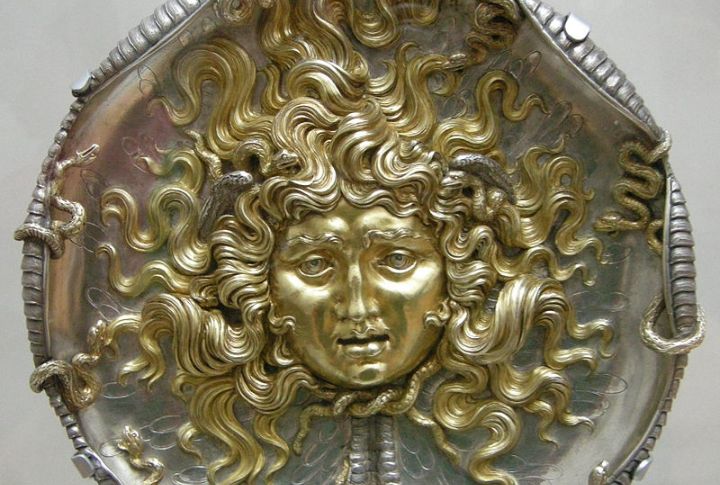
Medusa started out mortal—unlike her immortal Gorgon sisters—and got cursed by Athena after being assaulted by Poseidon. Her hair turned into snakes, and her gaze turned folks into stone. Perseus used a mirrored shield to avoid eye contact and decapitated her, but her head still worked after death and became a weapon.
Minotaur
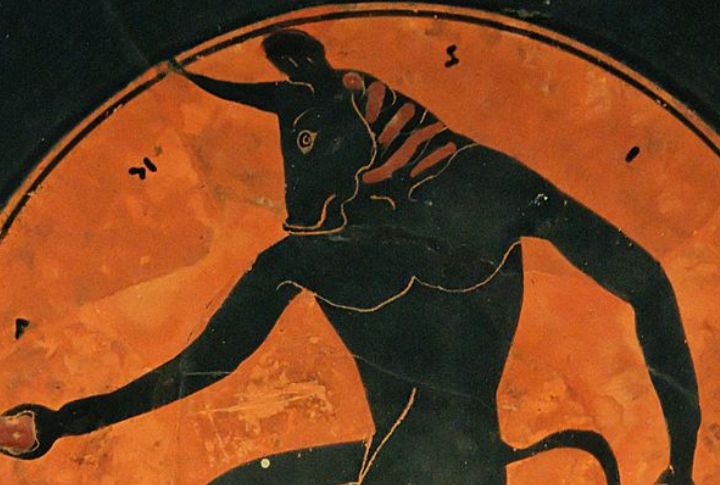
Half-man, half-bull, the Minotaur was trapped in the Labyrinth, a deadly maze built by Daedalus. Born from a cursed union between Pasiphae and Poseidon’s bull, he became a royal shame. Athens sent sacrifices. Theseus volunteered, slayed the creature, and escaped using thread. Honestly, being in this family was worse than being a monster.
Scylla
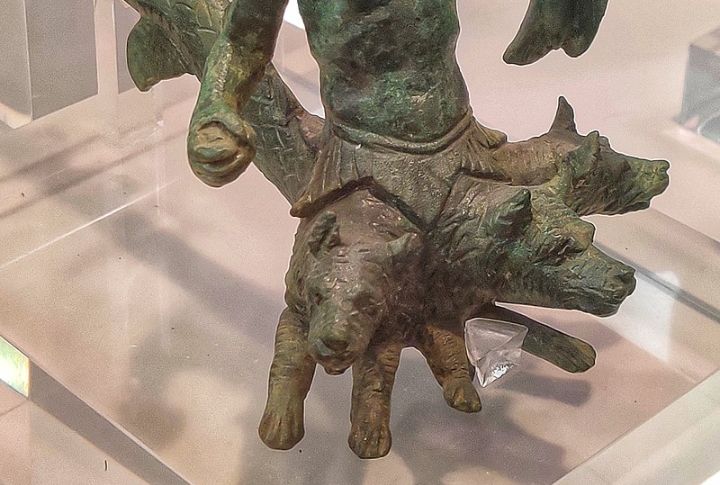
Sail too close to the cliffs, and Scylla might snatch your crew. With six heads, each with triple rows of teeth, she was once a nymph cursed by Circe. Paired with Charybdis, she gave sailors nightmares. Odysseus picked her over the whirlpool. Still lost six men. Not exactly a win.
Charybdis
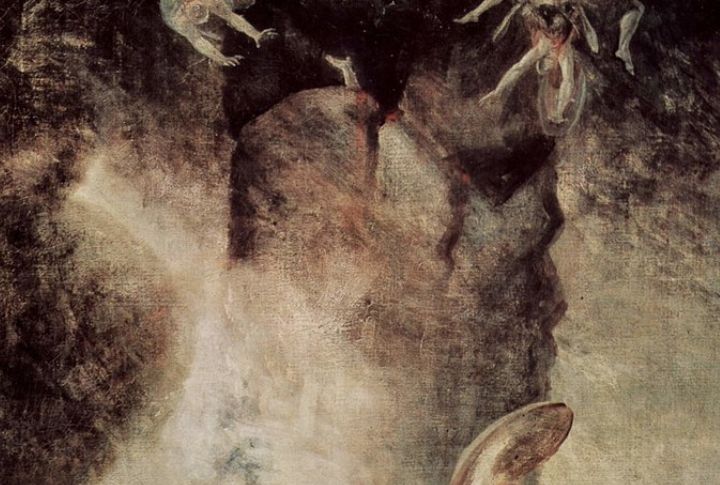
Across from Scylla was Charybdis, a sea monster who gulped and spat ocean water three times a day, creating massive whirlpools. Once a naiad, she was punished by Zeus and turned monstrous. She made narrow straits into ship-eating traps. Between her and Scylla, “no good options” became a nautical proverb.
Chimera
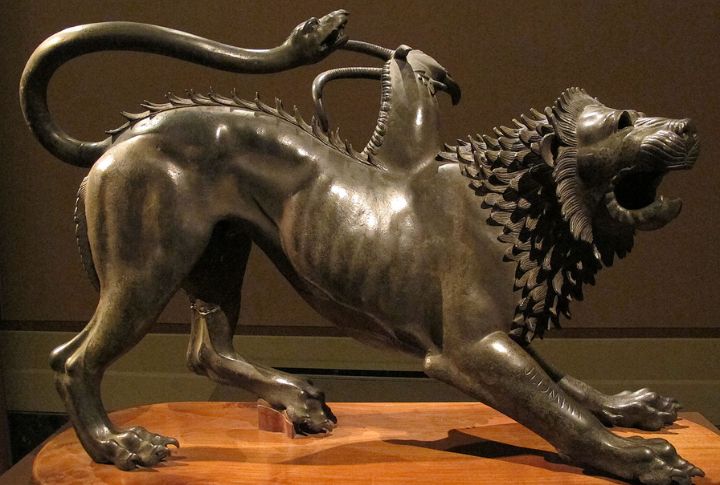
This creature was basically mythological chaos. Chimera had a lion’s head, a goat’s head sprouting from its back, and a serpent for a tail—plus, it breathed fire. Child of Echidna and Typhon. Bellerophon, riding Pegasus, took it down with a spear. Now that’s some monster-slaying multitasking worth bragging about.
Pegasus
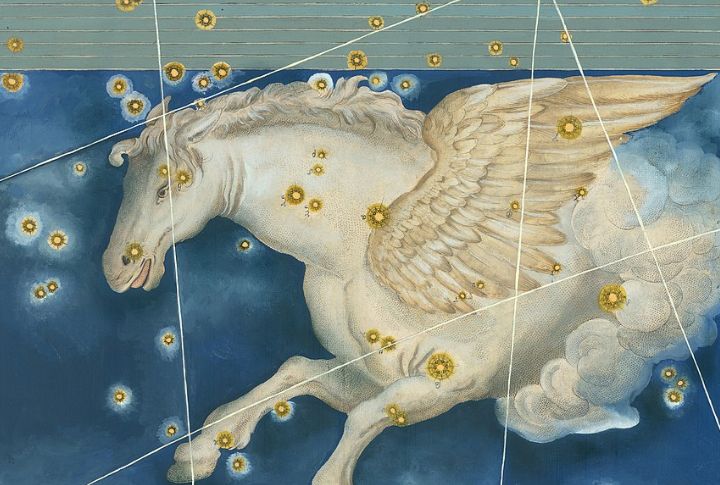
The winged horse wasn’t created by magic or a spell—it sprang from Medusa’s neck when Perseus beheaded her. Offspring of Medusa and Poseidon, Pegasus later helped Bellerophon slay the Chimera and eventually flew to Olympus. Zeus turned him into a constellation. Not bad for a horse born from a nightmare.
Typhon

Zeus nearly lost Olympus thanks to Typhon, a creature with snake legs and a hundred dragon heads. Even the gods panicked—some turned into animals to hide. Typhon is also the father of monsters like Cerberus and Chimera. Zeus finally crushed him under Mount Etna, which explains the volcano’s tantrums.
Sphinx

Camped outside Thebes, the Sphinx challenged travelers with a riddle. Fail, and she’d eat you. Oedipus solved it by answering “man” to her crawling-walking-cane question. Humiliated, the Sphinx hurled herself off a cliff. Half-lion, half-woman, possibly born of Echidna, she mixed riddles with ruthless consequences.
Lernaean Hydra
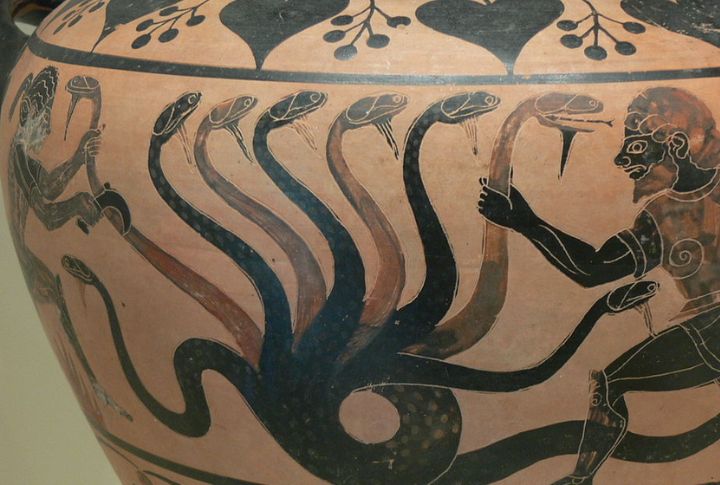
One of Heracles’ 12 labors? Kill the Hydra. However, chopping off a head made two more grow. So he burned the necks after each decapitation and buried the immortal head under a boulder. Its blood was so poisonous that he later dipped his arrows in it. Nothing in Greece was casual.
Echidna
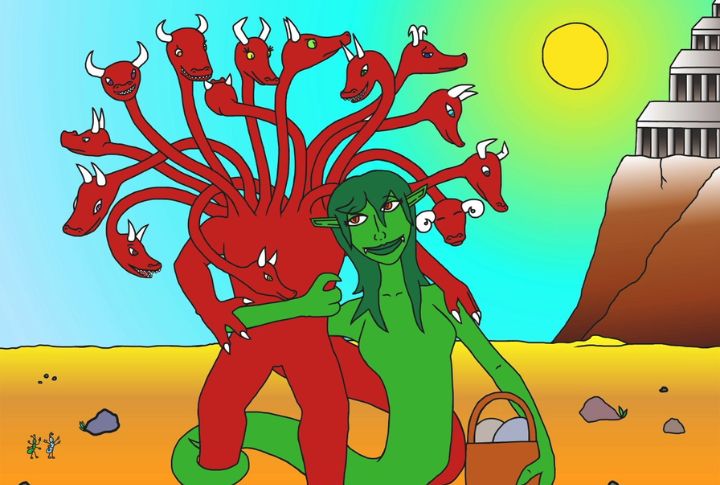
Half-woman, half-serpent, Echidna gave birth to half the monster lineup: Cerberus, Chimera, Hydra, and more. Mate of Typhon, she lived in a cave and avoided conflict with the gods. However, some sources claim that Hera sent Argus Panoptes to slay Echidna in her sleep, thereby ending her reign.
Calydonian Boar

When King Oeneus skipped honoring Artemis, she sent the Calydonian Boar to wreck everything. Fields, people, pride—it mauled them all. Heroes, including Atalanta and Meleager, joined the hunt. It wasn’t just a monster fight—it sparked jealousy, bloodshed, and a royal implosion. Few beasts caused this much family drama.
Harpies
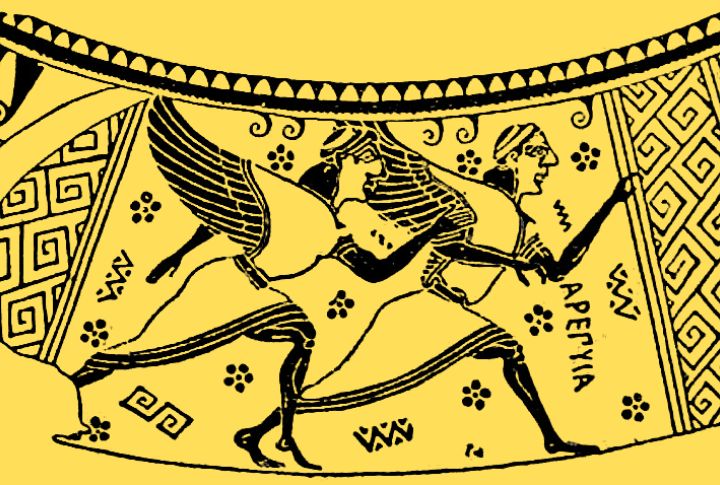
Harpies originated as wind spirits, but over time, they evolved into nightmare birds. Part-woman, part-vulture, they stole food and shrieked curses while doing it. Zeus used them to punish humans, and in The Aeneid, they terrorized Aeneas. Imagine your dinner flying off while someone screamed insults midair.
Gorgons
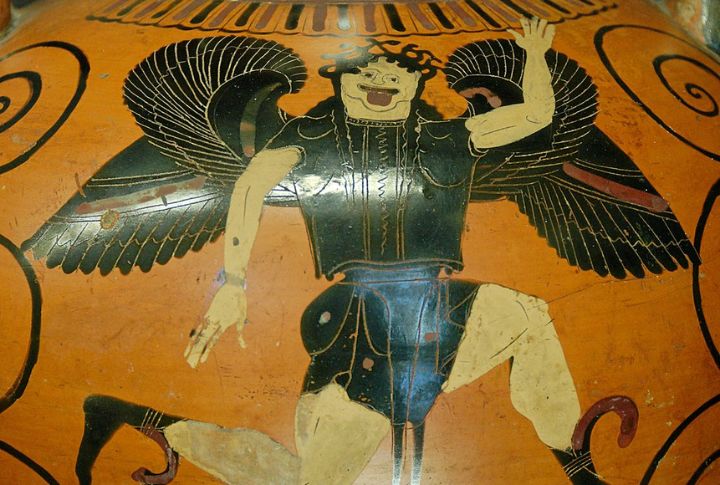
Medusa was one of three sisters, known as the Gorgons. If you thought one was horrifying, imagine three. Stheno and Euryale were immortal and far more violent than their sister. But while all had snake hair and a lethal gaze, only Medusa could be killed, which Perseus eventually did.
Python
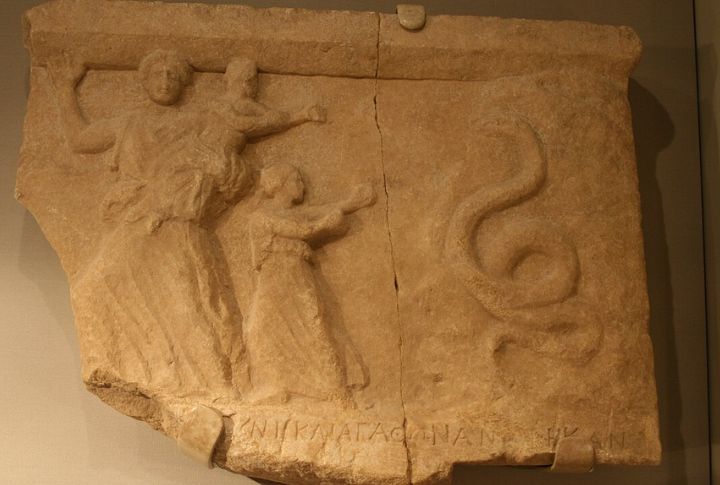
Right after birth, Apollo killed Python, a giant snake that guarded the oracle at Delphi and harassed his mother, Leto. He didn’t just slay it—he founded the Pythian Games in its honor, a warm-up act for the Olympics. This wasn’t just revenge. It was public, myth-level pettiness.
Stymphalian Birds
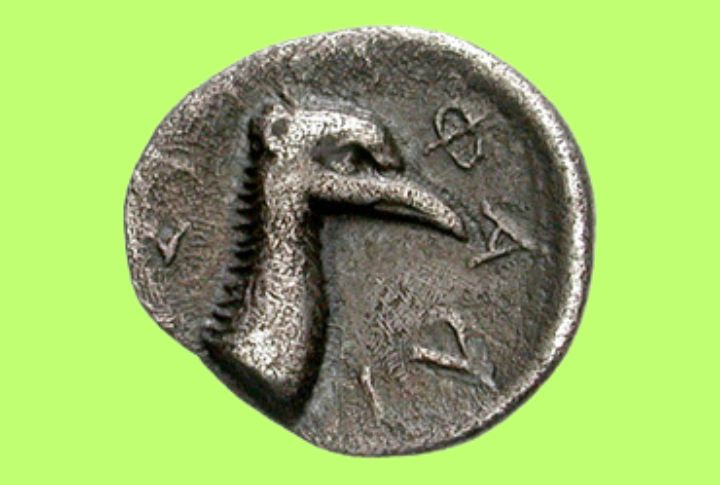
Not your average pests—these birds had metal feathers they could shoot like arrows and dropped toxic waste. Heracles had to clear them out as one of his labors. He used a bronze rattle from Athena to startle them into the air, then picked them off. Birdwatching was never this intense.
Nemean Lion
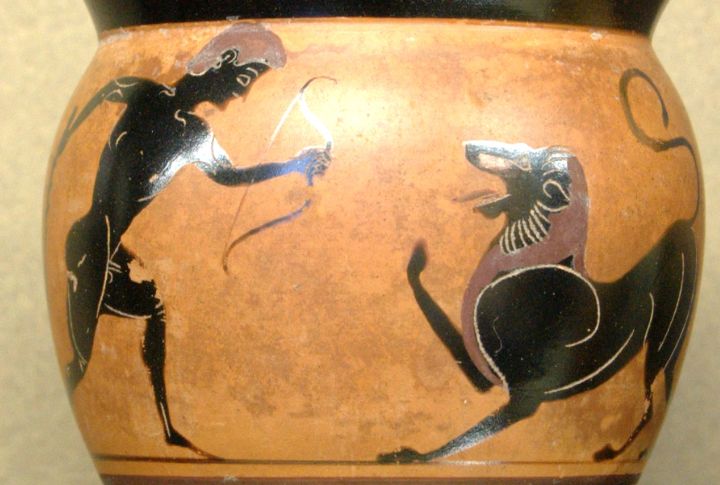
Heracles’ first labor was to kill the Nemean Lion—problem was, no weapon worked. Its fur was invulnerable. So he strangled it, used its own claw to skin it, and wore the pelt as armor. This wasn’t just survival—it was style. You’ve got to respect turning your problem into your protection.
Cyclopes
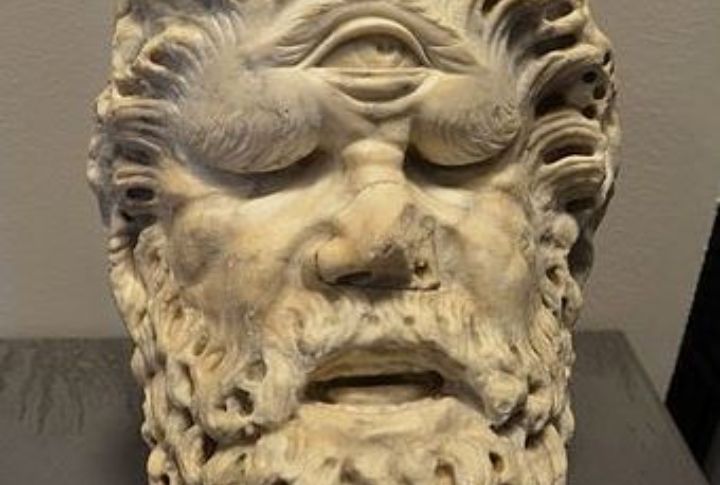
Early Cyclopes were master blacksmiths who forged Zeus’ thunderbolts. Later myths gave us Polyphemus—giant, one-eyed, and fond of eating people. Odysseus outwitted him with wine and the classic “Nobody” name trick before stabbing his eye. It’s one of the few stories where brains beat brute force—and it’s pretty satisfying.
Sirens
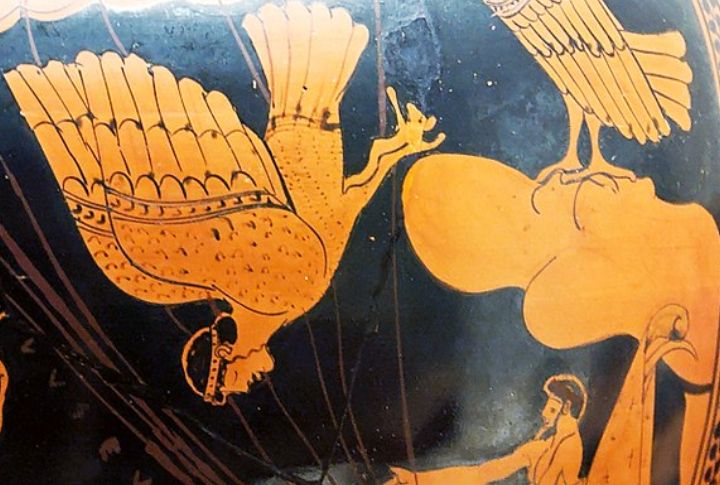
Sirens weren’t mermaids. They were bird-bodied and dangerously poetic. Their songs didn’t lure with beauty—they tore through sailors’ sanity, steering ships to ruin. Odysseus had his crew plug their ears with wax while he tied himself to the mast to hear them. They made haunting into an art form.
Ladon
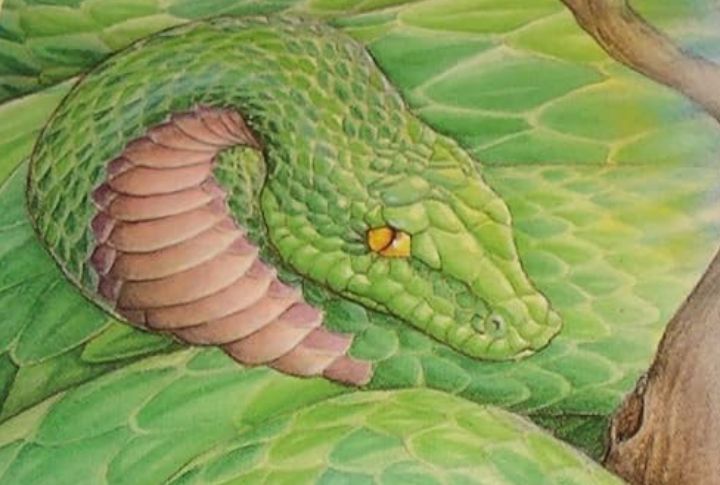
In the Garden of the Hesperides, Ladon—a dragon with a hundred heads—coiled around the golden apple tree. Heracles killed him during his 11th labor, though some say Atlas grabbed the apples while Heracles held up the sky. Zeus later honored Ladon by placing him in the stars as Draco.

